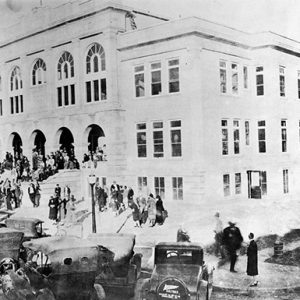 Benton County Courthouse Dedication
Benton County Courthouse Dedication
Time Period: Early Twentieth Century (1901 - 1940)
 Benton County Courthouse Dedication
Benton County Courthouse Dedication
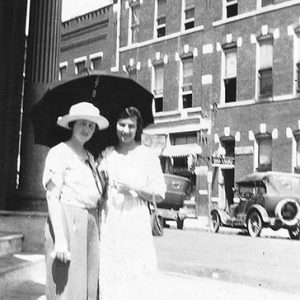 Bentonville Main Street, 1921
Bentonville Main Street, 1921
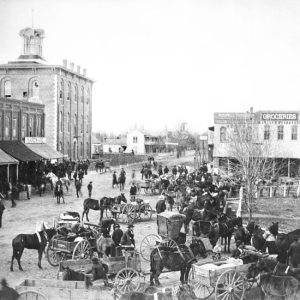 Bentonville City Square
Bentonville City Square
Bentonville Confederate Monument
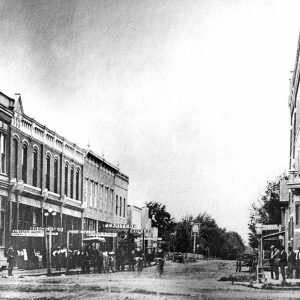 Bentonville Street Scene
Bentonville Street Scene
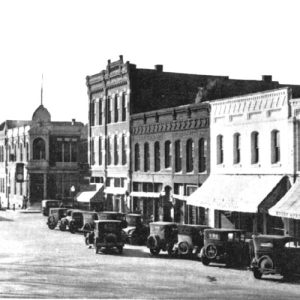 Bentonville Street Scene
Bentonville Street Scene
Berryman, Peter (Lynching of)
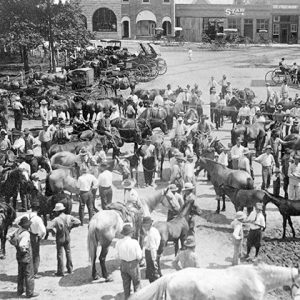 Berryville, 1908
Berryville, 1908
Berryville Agricultural Building
Berryville Gymnasium
Berryville Post Office
 Berryville Street Scene
Berryville Street Scene
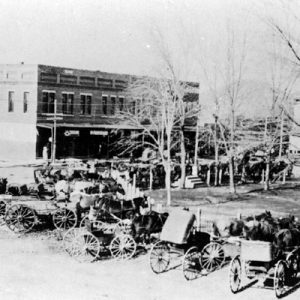 Berryville Town Square
Berryville Town Square
 Bert Johnson Orchards
Bert Johnson Orchards
Bertig (Greene County)
 Bertig Bros.
Bertig Bros.
 Bethesda School
Bethesda School
 Bethesda Church
Bethesda Church
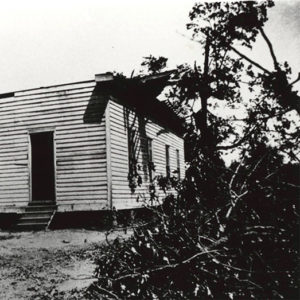 Bethesda Tornado
Bethesda Tornado
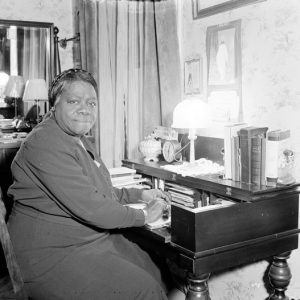 Mary McLeod Bethune
Mary McLeod Bethune
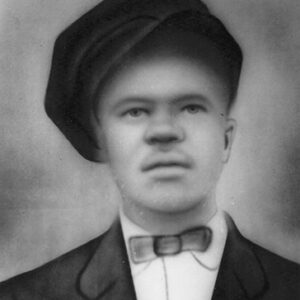 "Son" Bettis
"Son" Bettis
Betts, Louis L.
 Bevill Hotel
Bevill Hotel
 "Big Bill Blues," Performed by "Big Bill" Broonzy
"Big Bill Blues," Performed by "Big Bill" Broonzy
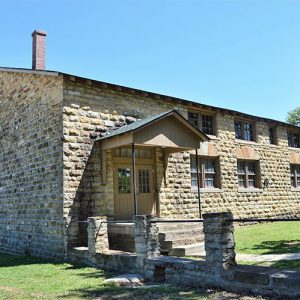 Big Flat School Gymnasium
Big Flat School Gymnasium
Big Flat School Gymnasium
Big Lake Wars
 Big Lake Article
Big Lake Article
Big River Crossing
aka: Harahan Bridge
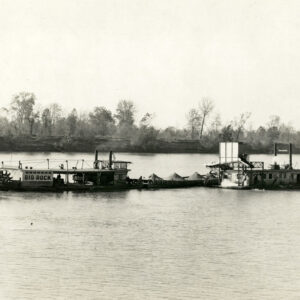 Big Rock Quarry
Big Rock Quarry
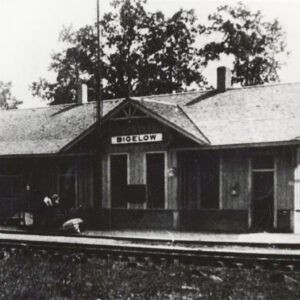 Bigelow Depot
Bigelow Depot
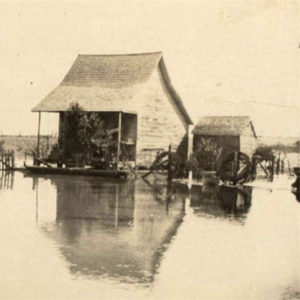 Biggers Flood
Biggers Flood
Bill and Hillary Clinton National Airport
Bill Clinton Boyhood Home
aka: Birnbaum-Shubetz House
 Biplane Over Leslie
Biplane Over Leslie
 Bishop Brookes House
Bishop Brookes House
Bishop Brookes House
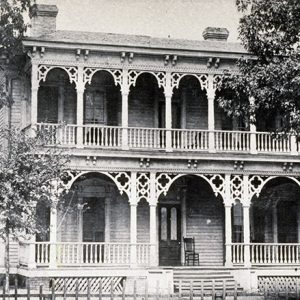 Benjamin Clayton Black House
Benjamin Clayton Black House
 Black and Tan Republicans
Black and Tan Republicans
 Black and Tan Republicans Article
Black and Tan Republicans Article
 Black Diamond Drug Company
Black Diamond Drug Company
 Black Diamond Drug Store
Black Diamond Drug Store
 Black Gumbo Sluicing
Black Gumbo Sluicing
Black River Bridge (Historic)
 Black Rock School
Black Rock School
 Black Widow Spider
Black Widow Spider
Blackmon, Anita
aka: Anita Blackmon Smith
 Blacksmith Shop
Blacksmith Shop
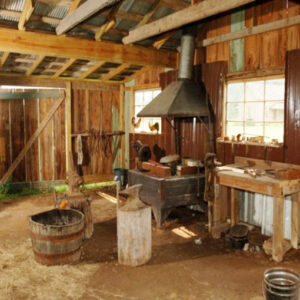 Blacksmith Shop Interior
Blacksmith Shop Interior




